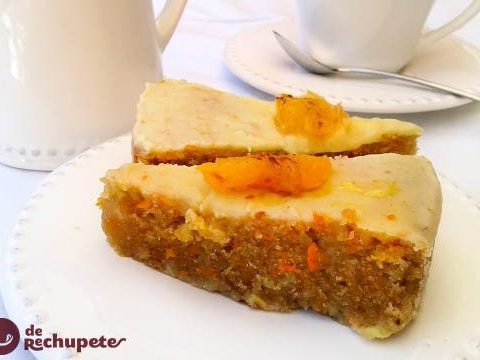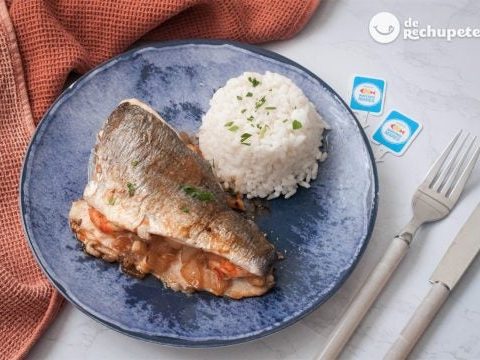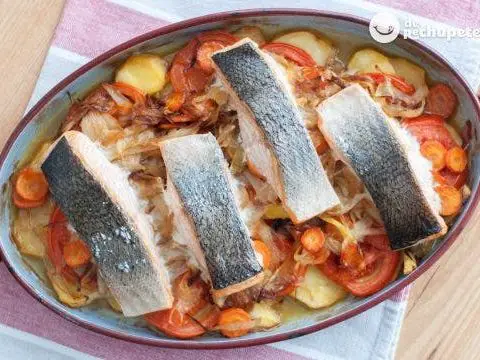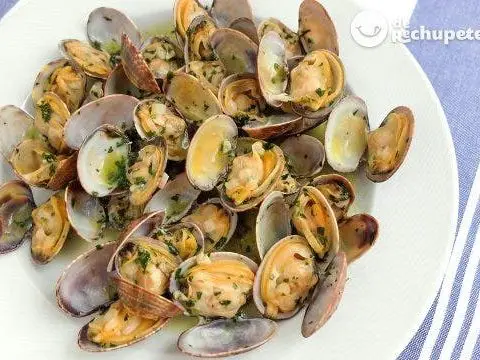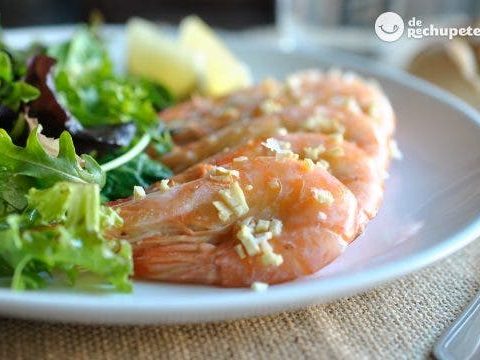
Info.
- Half
- 60 minutes
- For 6 people
- € 4.5 / person
- 130kcal per 100g.
How to prepare octopus à feira or Galician. When any of you ask me what is my favorite octopus recipe, I have it clear. A good tapa of octopus à feira.
If we talk about a dish that identifies Galicia and its gastronomy, that is the well-known ” Pulpo á feira “. A bite that you can find in any corner of my land, and also very widespread throughout Spain today.
It must be said that in many of these places (outside Galicia) where you can taste it. It is usually expensive and poorly cooked and / or prepared. The important thing is that this great dish can be made at home. Do it well and enjoy it as it deserves.
In my case, as I have already mentioned in other recipes with octopus , my mother Rosa or my good friend José Mariño (Bar Nuevo, Pobra do caramiñal), are the people who have given me the tips and tricks for cooking it. As with other well-known and widespread dishes, each cook has their preferences when it comes to cooking.
The same goes for the octopus, and can be left with different textures depending on personal taste. In many Galician grocery stores they already ask you the “point” of the octopus: pulling hard, normal or softer.
But let’s get into trouble, the first and most important thing is the choice of the octopus. To cook at home the logical and recommended thing is to buy it frozen. And then defrost it in the fridge 24 hours in advance.
In the fish shop it is also possible to find them already thawed, saving you time and work. And remember who has not tried the Galician octopus is missing one of the most representative dishes of our gastronomy. What are you waiting for?
Recipe preparation. Octopus cooking
- For this we can not stop reading how to cook the octopus so that it is not too soft or too hard. Just a little hard so that you do not have difficulties when it comes to driving your tooth.
- You can use the cooking broth to cook potatoes and accompany the Octopus feira. We can reserve it for a rice, a stew or also to cook octopus again in it. The octopus will have even more flavor if you cook it in this broth.
Plated octopus à feira
- We remove a tentacle from the octopus, grab it by the central part and cut into slices of approx. 1 cm. thick. We evenly place on the plate. We also add a little head.
- If you prefer not to use it, it is ideal to later make croquettes or dumplings.
- Salt with coarse salt, sprinkle with a mixture of hot / spicy paprika.
- Finally we sprinkle with plenty of extra virgin olive oil.
- I have recently tried this paprika mixture in Ourense. The truth is that it gives it a special touch. Anyway, use the one you like the most, be it spicy or sweet.
- A handful of chopsticks in the center of the plate. A good village bread to dip in the oil, and you are ready to enjoy the authentic Octopus feira. As in the Galician Fairs.
I encourage you to visit more recipes for fish and seafood.
Curiosities and origin of the octopus á feira
- The “octopus a feira” has its origin in my beloved Ourense, and within it in the region of O Carballiño. It is considered the cradle of this famous dish. In time, we must go back to the year 1628, when the existence of this preparation was first reflected in a written document.
- It all starts at the Monastery of Oseira (Ourense), about 20 km from O Carballiño, which was in its area of influence.
- This monastery covered vast territories. Even reaching the coast of the Rías Baixas. Ports such as Marin, Pontevedra or Cambados supplied this Monastery with fish, which meant a payment in spices to the friars.
- One of these products was octopus, from which they used to have many surpluses. The preparation of the octopus in this way arises from the friars, who transmit it to the people of a parish, that of Sta María de Arcos, close to O Carballiño.
- The women of this specific area began to prepare the recipe at the Fairs, within the closest environment to the Monastery.
- This trade of “pulpeiras” was spreading throughout the rest of the province and Galicia. While the men were in charge of bringing more and more octopus from the coastal towns. In this way, a product that was practically not consumed, becomes a star dish at fairs throughout Galicia.
- Currently, the “pulpeiras / os” of Sta María de Arcos are still considered the best in the preparation of the Octopus feira. If there is one of them at a fair or party, people flock to ensure they enjoy mastery in preparing this dish.
- There are even some who take the water from the town’s source and then cook it at the Fair. A detail that they say then influences the success of the cooking.
